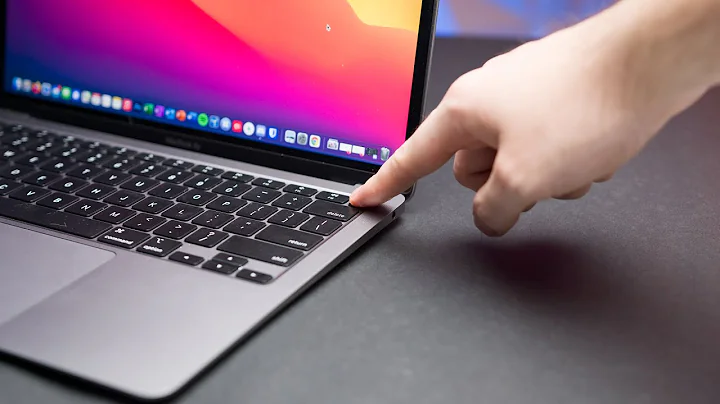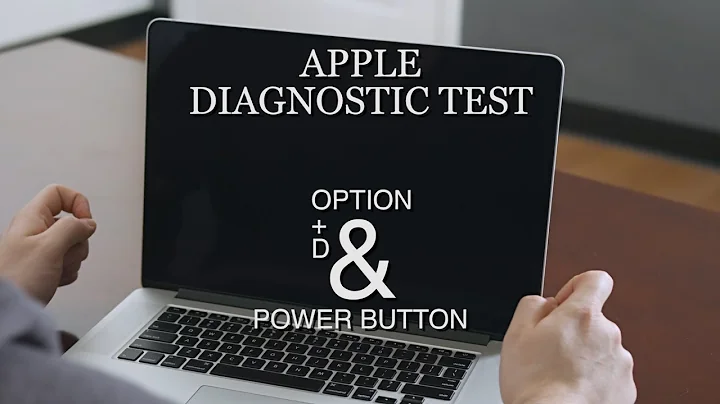
If your Mac cannot enter sleep mode automatically, it will drain the battery and cause a lot of inconvenience. Here are tested solutions to ensure your Mac goes to sleep without any issues.
Check Mac's sleep settings
Mac will automatically enter sleep state after the set time. However, if you have set it to sleep for a long time or never, follow the steps below to change it.
1. Enter [System Preferences] and select [Battery].

3. Select the [ power adapter ] option on the right and confirm that the following configurations are consistent.

Prevent Bluetooth devices from waking up Mac
There is an option to automatically wake up the machine in the Bluetooth settings of Mac. For example, if you use an Bluetooth mouse, keyboard, or trackpad, clicking the button will wake your Mac. This is a convenience setting that can be turned off in older versions of macOS.
1. Open [System Preferences] and select [ Bluetooth ].

2. Click Advanced in the lower right corner.
3. Uncheck Allow Bluetooth devices to wake this computer.
Check your Mac's sharing preferences, such as printers or hard drives
You can share resources with other users, such as connected printers, shared files, etc. However, this will also wake up your Mac. You can prevent this by disabling the sharing option.
1. Open "System Preferences" and click "Sharing".
2. Deselect any services you don’t need.
Quit apps designed to prevent your Mac from sleeping
MacBook One of the main reasons why your MacBook won't sleep could be third-party apps like Anti Sleep that prevent your Mac from going to sleep. These apps may launch automatically when you turn on your Mac and then prevent it from going to sleep. To resolve this issue, go to the Launchpad or Applications folder in Finder and make sure you don't have such an application. Even if you choose to keep such an app, you can turn it on and then turn off those options that automatically enable it.

Please note: Many video player applications (such as VLC) may also prevent your Mac from sleeping. If you have such applications open, exit them. Additionally, a full-screen or picture-in-picture YouTube window in Chrome or similar video sites may prevent your Mac from going to sleep. Close them.
Use Activity Monitor to see that applications are consuming unnecessary resources
Activity Monitor lets you keep an eye on applications that are consuming CPU and other resources. If you notice that an app is consuming resources abnormally in the background, quit it as it may be the culprit preventing your Mac from going to sleep.
1. Press the shortcut key [command+spacebar] and enter [Activity Monitor] to open it.
2. Right-click the mouse at the [Top Bar] position, and check the last item [Prevent Sleep]

3. Turn off the process where [Prevent Sleep] is [Yes].
Disconnect peripherals
Externally connected devices (such as a faulty hard drive, pen drive, or similar device) may not put your Mac to sleep. You can disconnect all of these connections to ensure that your Mac goes to sleep.
Reset NVRAM
1. Shut down your Mac
2. Then turn it on and immediately press and hold the following four keys at the same time: Option + Command + P + R
3. You can release these keys after about 20 seconds, during which your Mac may see It seems to be restarting.
- If your Mac computer makes a startup sound, you can release the keys after the second startup sound.
- On Mac computers with the Apple T2 Security Chip, you can release the keys after the Apple logo appears and disappears for the second time.
Note: If the Mac uses a firmware password, this key combination will have no effect or cause the Mac to boot from macOS Recovery.To reset NVRAM, first turn off the firmware password.
Reset SMC
Check out the following article
Ways to reset SMC, NVRAM, PRAM on Apple Mac
Mac won’t go to sleep if Spotlight is indexing files
One of the best things on Mac is the use of Spotlight Search (by pressing Command + Spacebar access). It's a quick place to find files, launch applications, perform basic calculations and conversions, and more.
Your Mac does not go to sleep while Spotlight indexes files on the internal drive. Depending on the number of files, it may take several hours. Indexing mainly happens after you set up your Mac, update macOS, replace your hard drive with , etc. This can also happen when a large number of new files are added. Click the search icon in the upper right corner of the menu bar. If Spotlight is indexing the file, you will see a progress bar and the words " index ".
Your MacBook may have a hardware issue
When you close the lid of your MacBook, magnets let it know it's time to go to bed. Although unlikely, this could be hindered if you have a weird cover or something similar.
Additionally, if your MacBook lid has a hardware issue that prevents it from going to sleep when closed. In these cases, click the Apple logo and choose Sleep.
Finally, there may be an issue with the wires connecting the motherboard with these instructions. Again, this will happen on rare occasions. However, if none of the above solutions help, contact Apple Support and learn about your repair options.
![Fix- Battery Draining Issues on MacBook Pro M1 [MacOS Monterey] - DayDayNews](https://i.ytimg.com/vi/1r2uJwEvpEU/hqdefault.jpg?sqp=-oaymwEcCOADEI4CSFXyq4qpAw4IARUAAIhCGAFwAcABBg==&rs=AOn4CLBNq0pJCOWtuT3hb3xI6WqFNymbVg)
![Fix- Battery Draining Issues on MacBook Pro M1 [MacOS Monterey] - DayDayNews](https://cdn-dd.daydaynews.cc/img/play.svg)



















